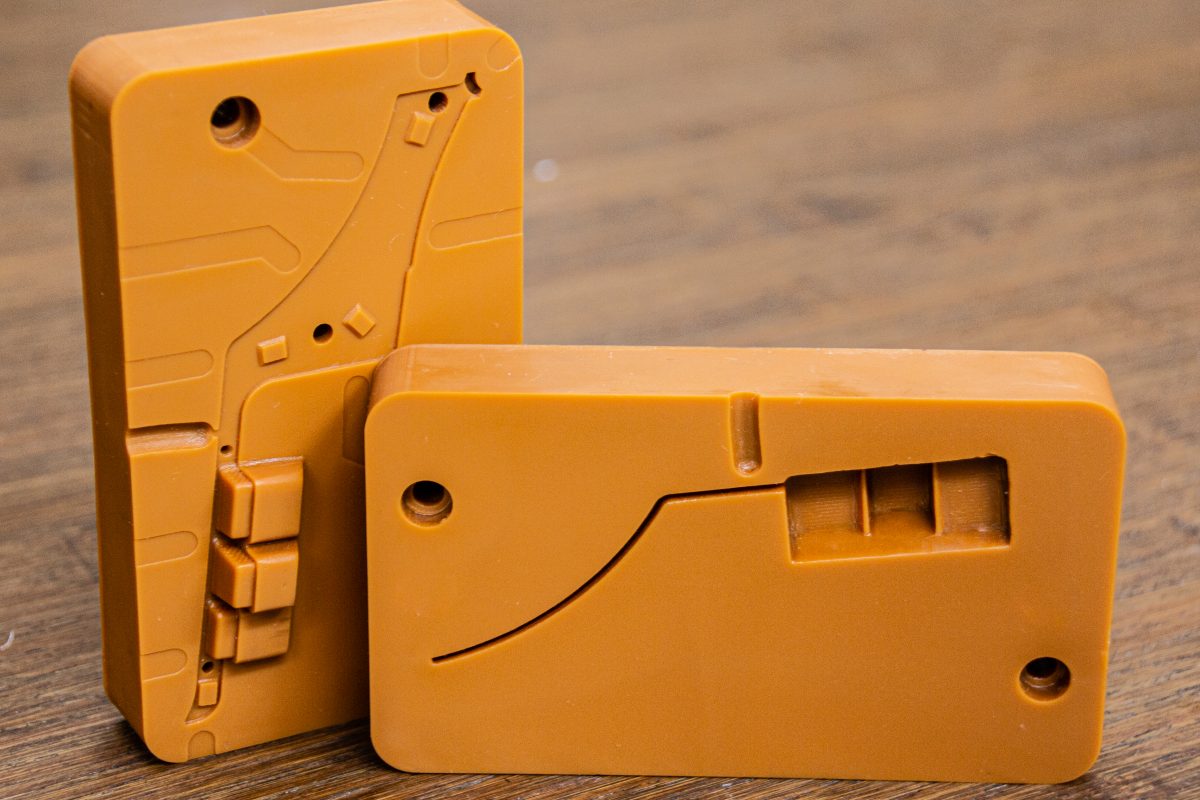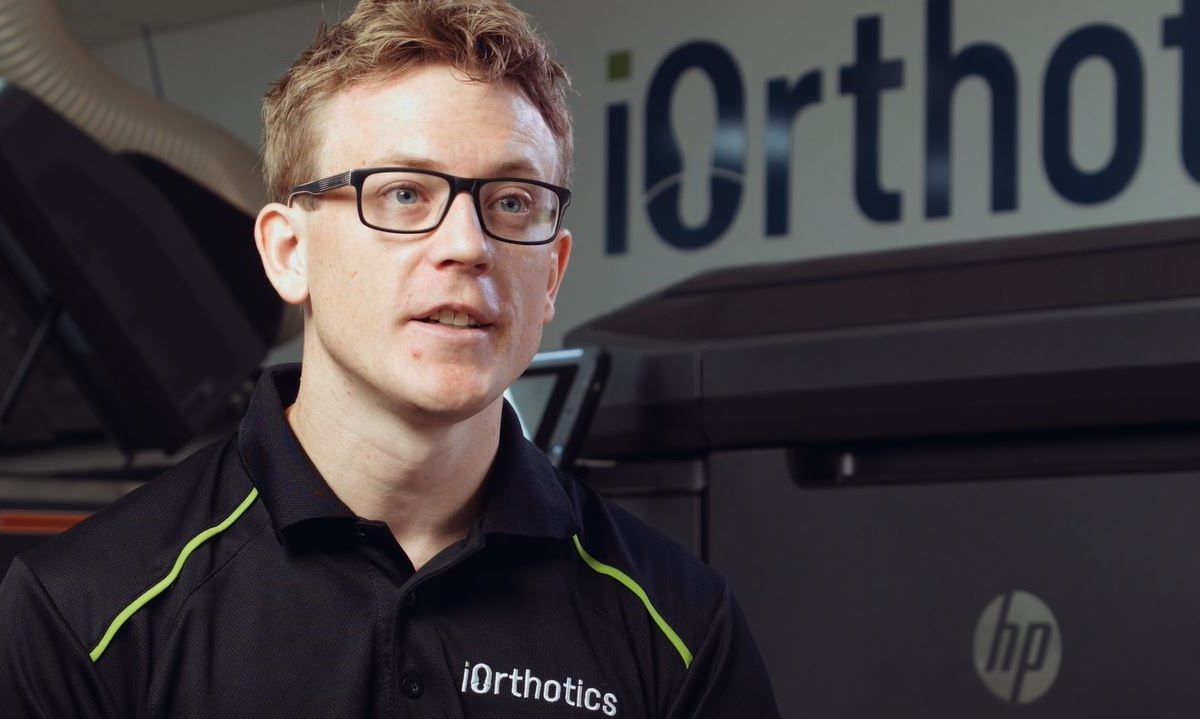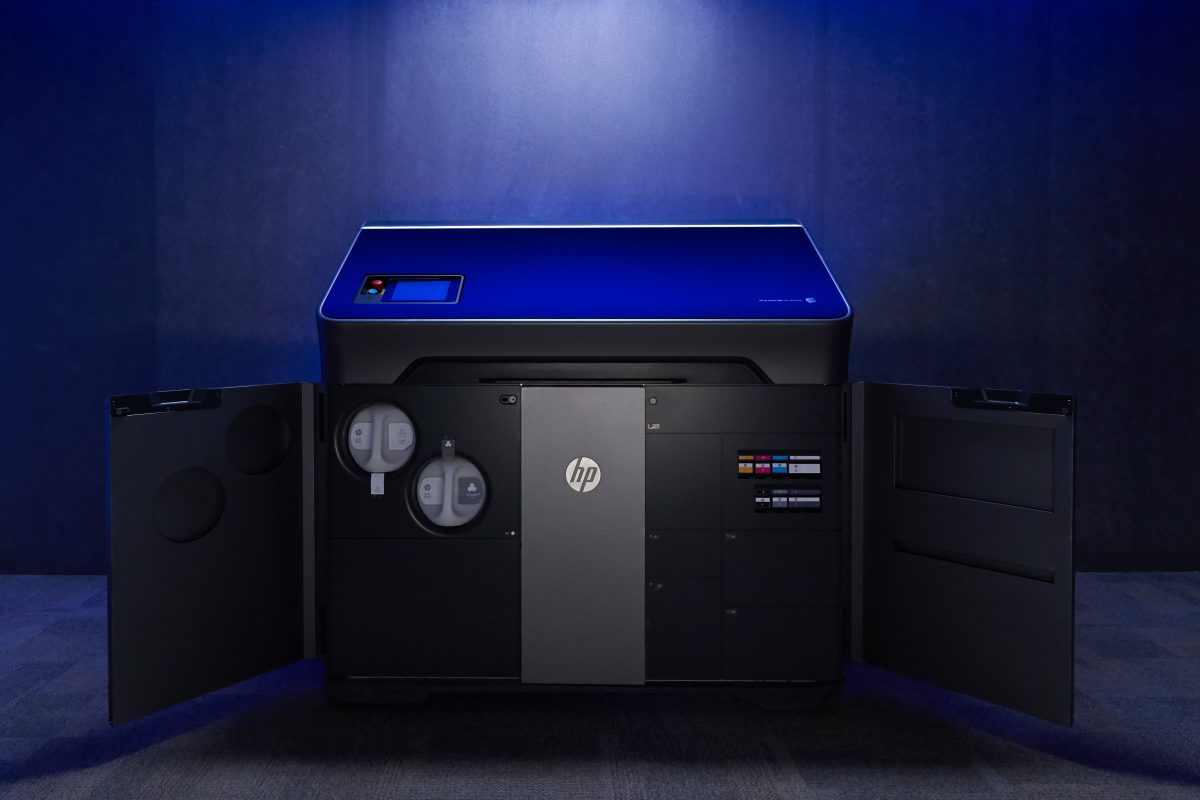Last week, Gartner released the results of a survey which revealed that high acquisition and startup costs are delaying investment in 3D printers. The survey included 330 participants whose companies have over 100 employees and are either already using or planning to use 3D printing in their operations. One of the questions asked was about their reasons for pursuing 3D printing. Here were the results:
Prototyping is a pretty small chunk of the pie…already. At least among this group, there is already clear opportunity and demand for 3D printed products and parts.
Fabaloo’s coverage of the survey went so far as to define a few of the major cost components involved with starting up. They mentioned investments related to the machines, such as consumables and environmental (HVAC, clean room, etc.) But Fabaloo also touched on another important category of investments that included software, training, and workflow.
Like the machines themselves, maybe those things really aren’t costs at all. They’re investments. Each of them is important because they drive cost out of each transaction.
Transaction Costs Are Delaying The Growth of 3D Printing
Ever wonder why 3D printing service bureaus (and many other types of companies for that matter) have minimum charges? It’s because somebody in accounting figured out that the company didn’t make money under a given threshold. So, if a company’s minimum is $150 and their average gross is 30%, their transaction cost is somewhere around $45. That is what it costs them to process an order.
That’s fine in an environment where you produce relatively few, high revenue and high profit jobs. But, what about an environment where you’re doing many small jobs? If the average order size is $5,000 its pretty easy to absorb $45 in soft cost. If the average order size is $30, you’re out of business.
Why would anyone want that?
It’s equal parts offense and defense. On one hand, you’ll want to tap into that stream of orders because the scale of the opportunity is immense. On the other, you’ll have to if you want to remain competitive – even with your current product offering. Why? Because necessity is the mother of invention. Companies who drive transaction cost out of their businesses can apply those savings everywhere.
Existing service bureaus may not have a choice.
Pick a service bureau (or any manufacturer for that matter), and ask if their average order value has gone up or down lately. Not only are the machines getting faster and cheaper, but with more competition, prices are falling.
What’s the natural reaction to that problem?
Get more orders! That’s when the pain of transaction cost is felt. Here’s an example:
One of my associates worked at a (2D) printing company. The pre-press manager there insisted on personally handwriting each order that went into the shop. The company started looking at software to automate order entry, which she resisted. Finally, in a conversation among the entire management team, someone broke it down for her. You see, on average it took her 10 minutes to write each order. That meant she could write somewhere around 50 orders per day. When the VP of Sales said he would instruct the sales team to stop selling when they hit 50 orders, everyone got the point.
You can kill it with labor or you can kill it with technology. Labor doesn’t scale.
The direct cost of 3D printing is coming down. Demand is growing. To remain competitive, existing players must attack transaction cost. Assume a future average order value of $30. To operate profitably in that space, the transaction cost would need to be less than $5.
How to Drive Out Transaction Cost
Solutions to business problems are usually solved with people, process or technology. People are often the most expensive and least scalable solution (like our pre-press manager above!) Technology is most effective when a great manual process is already in place. So, start there. Start by identifying and documenting the workflow of an order from receipt to delivery. Look for roadblocks and bottlenecks. Do anything and everything you can to remove those first.
Then, once you’ve driven as much cost as possible from process, identify and deploy technology that takes it to the next level. Want to eliminate order entry costs? Develop an API that allows you to receive order details and specifications online and in real-time. Want to reduce the cost of communicating job status? Expand your API to relay information back upstream. Tech opportunities abound from online quoting and order entry to production scheduling, pre-flight and shipping integration.
If You Won’t Maybe Someone Else Will
Thinking about starting a business? How about starting a 3D printing service bureau that’s designed to print $30 orders all day, at scale. You’d enjoy little or no selling expense and once the system is optimized, years of annuity income. Just connect to the firehose and start printing.
A firehose? Really. It’s already happening. Retailers like Walmart, Amazon, Rakuten, Staples, and Target are already selling 3D printed products and they could sell a hell of a lot more. Two of the biggest bottlenecks are capacity and cost.
My Big Prediction for 2015
For 3D printing, 2015 will be the year of workflow. Software companies, equipment suppliers, and service bureau customers will develop, sell, and buy software that makes 3D printing more productive and efficient at scale. Whether they realize it or not, the real problem they’ll be solving is transaction cost.















